Dingle town was the first stop on our recent tour of the west coast of Ireland. We were to travel as far north as Donegal. We’d been to Dingle a couple of years ago and fell in love with the place and the surrounding country, so a revisit was definitely in order. Dingle is the only settlement of any size on the justifiably renowned Dingle Peninsula. It’s a compact town with only 2,000 residents, but that number is swollen by the many tourists who pass through its narrow streets. There are 50 pubs (yes, one for every 40 residents), and in many of them you can hear traditional music played seven nights a week — for me, one of the greatest pleasures there is. Not long ago, Santa Barbara and Dingle were sister cities until our town cut ties over misunderstandings and poor communication (see Nick Welsh’s article from 2020 at https://bit.ly/3yYtqsH).

The bird life around the Dingle Peninsula is truly impressive, with many thousands of seabirds making the area their home. The Blasket Islands are the epicenter of sea bird activity, and one morning, we booked a boat tour out of Dingle Harbor, which was to take us around them. I had hoped to be able to show my wife and son the Atlantic puffin, one of the more charismatic bird species in the world.
We soon began to see oceanic birds, which, if you’ve birded the coast of New England, have a very East Coast flavor. There were razorbills and guillemots (the latter are called common murres here), relatives of the puffin in the auk family. Huge, gleaming white northern gannets flew overhead, and we watched them fish, plummeting arrow-like, from a great height; they barely made a splash when they hit the water. One of the great ocean wanderers, the black-and-white Manx shearwater, glided low over the waves, wingtips skimming the water. A close relative of the shearwater, the northern fulmar, soared over the ocean on stiff wings. But there were no puffins.

We cruised alongside Great Blasket Island with its large colony of gray seals, then motored farther out to sea to the islands of Inishnabro and Inishvickillane, where the skipper assured me we’d see puffins. It wasn’t long before I saw one of these birds with the comical beak swimming by, and I called it out excitedly to the captain. “We won’t stop for this one,” he said. “There’ll be plenty more.” How right he was!

We slowed down in the calmer waters between the two islands, and we were soon surrounded by puffins. They are surprisingly small birds, about 12 inches long, much smaller than the guillemots and razorbills, and they allowed a close approach so that we could admire them even without binoculars. The skipper was able to maneuver the boat close to the cliffs. Above the rocks, among grassy hummocks, the puffins were nesting in burrows that they had excavated themselves; these colonies of breeding puffins are called puffinaries. The skipper told us that we were very lucky with our timing as the parent birds were in the middle of exchanging nesting duties. Hundreds of birds were flying onto the island, greeting their mates at the burrow entrances. We were informed that around 20,000 puffins nest on these islands.
The visit to the Blaskets was one of the highlights of our trip to this wonderful, welcoming country. We took a day trip out to the island of Inishbofin, where I was hoping to hear, if not see, a corncrake, one of the most elusive of Irish birds. As a boy, I heard one with my mother on the Welsh island of Anglesey, and since then, the species has always held a special place in my heart. Fifty years ago, these birds of the rail family were relatively numerous in Irish farmland, their incessant rasping song keeping many a farmer awake at night. But with the change in farming practices toward mechanization, the corncrake population crashed, and the bird is now found only in extreme west Ireland, and mostly on the relatively unspoiled islands.
On Inishbofin, I asked locals if they’d been hearing the crakes. Oh yes, just last night there was one calling from dense vegetation in that field over there. But it wasn’t to be; the birds remained silent during our few hours on the island. I’m already plotting my next visit to this magical coastline. Unfinished business.
Hugh Ranson is a member of Santa Barbara Audubon Society, a nonprofit organization that protects area birdlife and habitat and connects people with birds through education, conservation, and science. For more information, see SantaBarbaraAudubon.org.
Premier Events
Sat, Dec 20
10:00 AM
Santa Barbara
Mosaic Holiday Markets
Sun, Dec 21
10:00 AM
Santa Barbara
Mosaic Holiday Markets
Wed, Dec 31
9:00 PM
Santa barbara
NEW YEAR’S Wildcat Lounge
Sat, Dec 20
10:00 AM
Santa Barbara
Mosaic Holiday Markets
Sat, Dec 20
2:30 PM
Santa Barbara
Santa Barbara Revels Presents “The Celestial Fools”
Sat, Dec 20
7:30 PM
Santa Barbara
State Street Ballet – “The Nutcracker “
Sun, Dec 21
2:00 PM
Santa Barbara
Ensemble Theatre Company Presents “The Complete Works of Jane Austen, Abridged”
Fri, Dec 26
7:00 AM
Solvang
Solvang Julefest
Sat, Dec 27
7:00 PM
Santa Barbara
Schnack ‘n Bari Jazz Trio at Roy
Wed, Dec 31
6:15 PM
Santa Barbara
NYE 2026 with SB Comedy Hideaway!
Wed, Dec 31
9:00 PM
Santa barbara
NEW YEAR’S Wildcat Lounge
Wed, Dec 31
10:00 PM
Santa Barbara
In Session Between Us: Vol. I NYE x Alcazar
Wed, Dec 31
10:00 PM
Santa Barbara
NYE: Disco Cowgirls & Midnight Cowboys
Sat, Dec 20 10:00 AM
Santa Barbara
Mosaic Holiday Markets
Sun, Dec 21 10:00 AM
Santa Barbara
Mosaic Holiday Markets
Wed, Dec 31 9:00 PM
Santa barbara
NEW YEAR’S Wildcat Lounge
Sat, Dec 20 10:00 AM
Santa Barbara
Mosaic Holiday Markets
Sat, Dec 20 2:30 PM
Santa Barbara
Santa Barbara Revels Presents “The Celestial Fools”
Sat, Dec 20 7:30 PM
Santa Barbara
State Street Ballet – “The Nutcracker “
Sun, Dec 21 2:00 PM
Santa Barbara
Ensemble Theatre Company Presents “The Complete Works of Jane Austen, Abridged”
Fri, Dec 26 7:00 AM
Solvang
Solvang Julefest
Sat, Dec 27 7:00 PM
Santa Barbara
Schnack ‘n Bari Jazz Trio at Roy
Wed, Dec 31 6:15 PM
Santa Barbara
NYE 2026 with SB Comedy Hideaway!
Wed, Dec 31 9:00 PM
Santa barbara
NEW YEAR’S Wildcat Lounge
Wed, Dec 31 10:00 PM
Santa Barbara
In Session Between Us: Vol. I NYE x Alcazar
Wed, Dec 31 10:00 PM
Santa Barbara

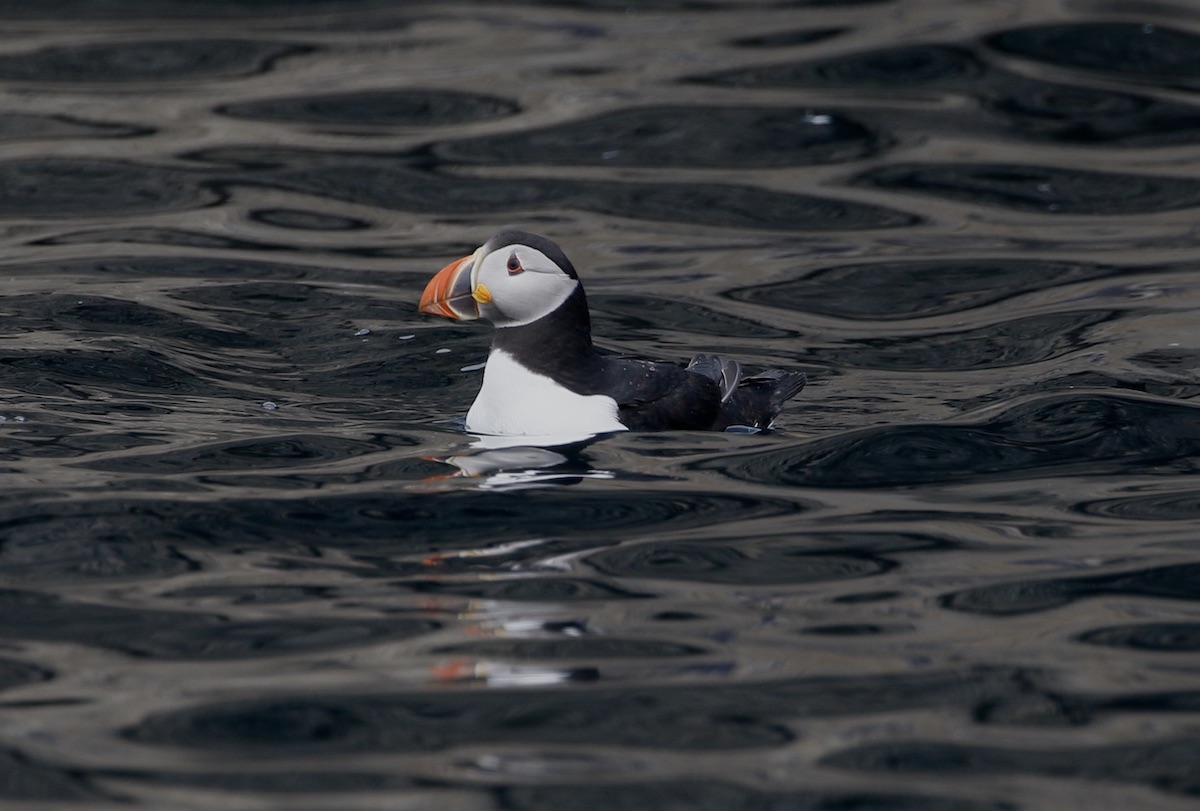



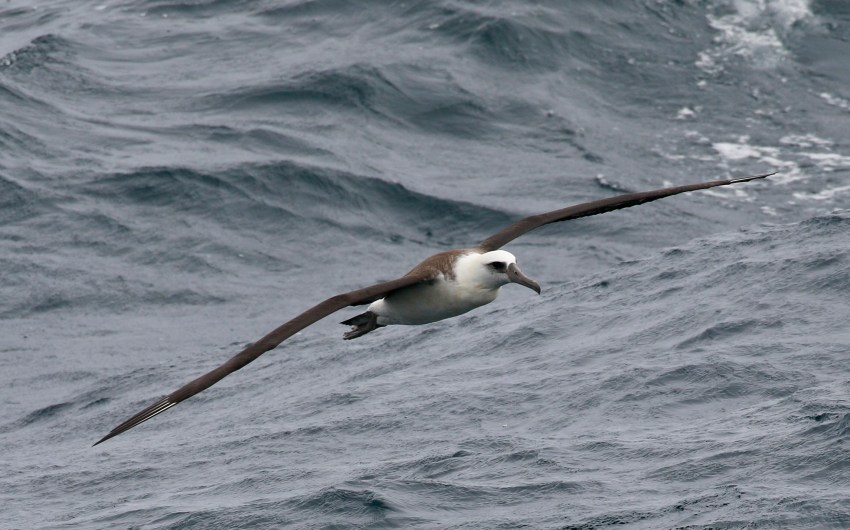
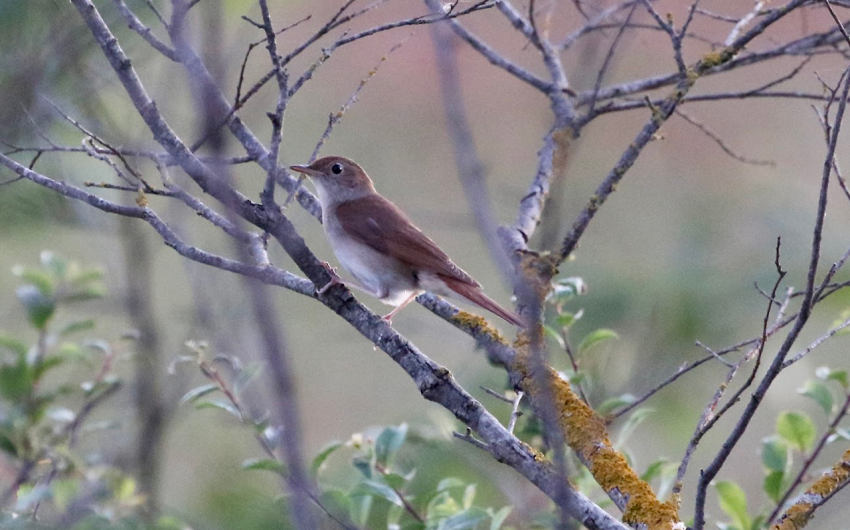









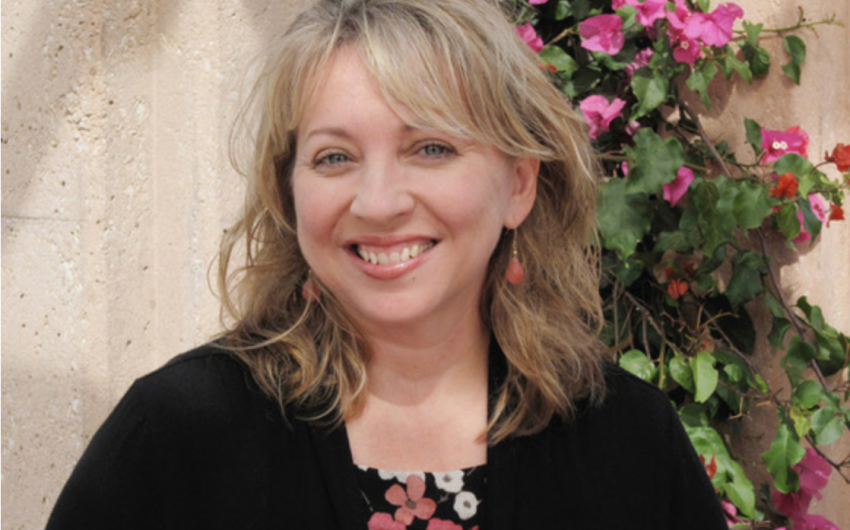
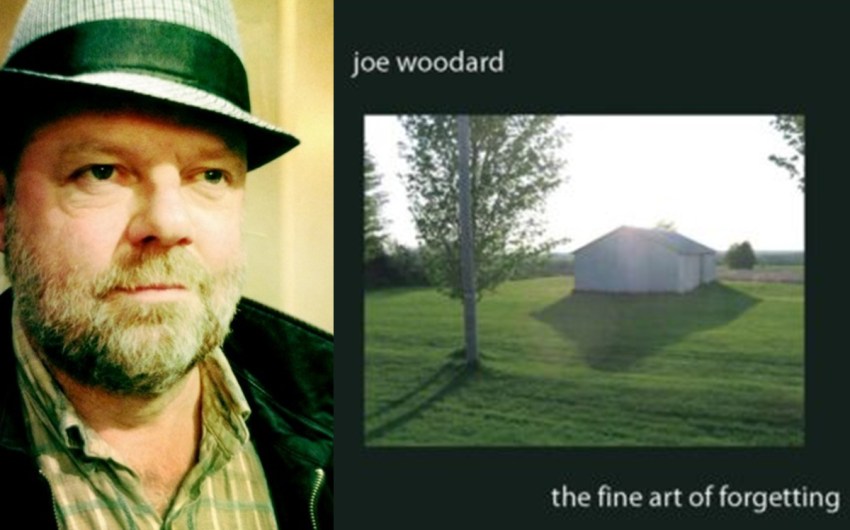



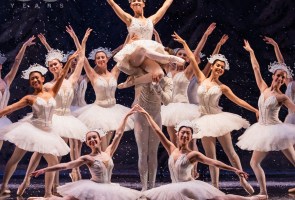

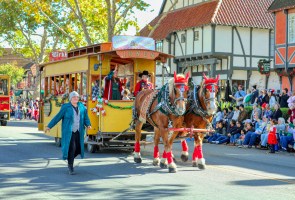
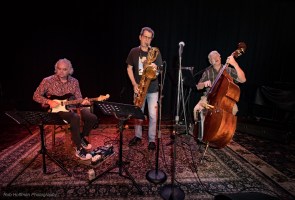



You must be logged in to post a comment.